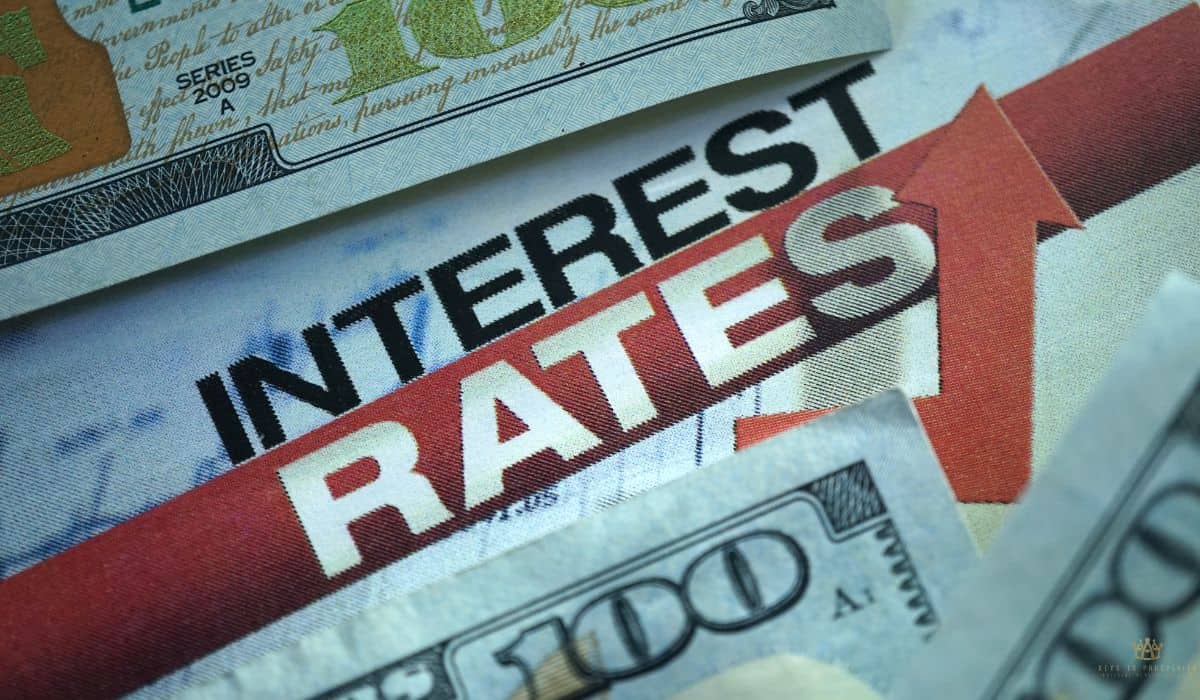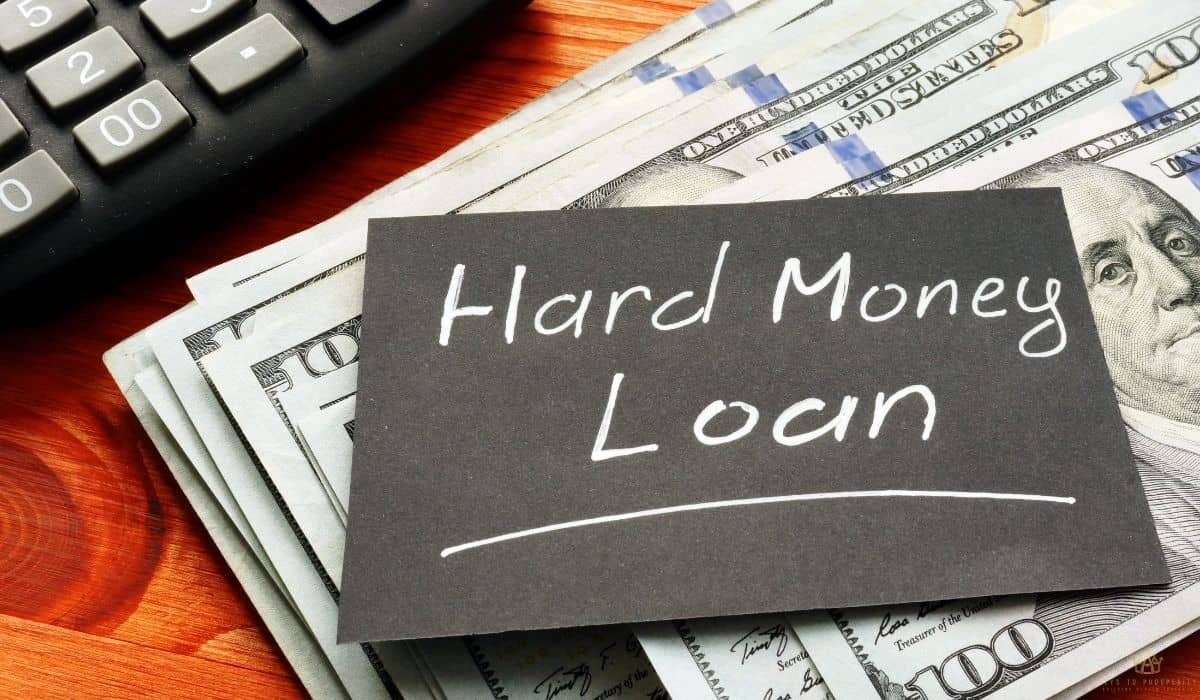Rates are holding steady, and that’s got everyone in commercial real estate talking.
With the federal funds rate sitting between 4.25% and 4.50% as of June 2025, thanks to the Federal Reserve’s decision to keep rates unchanged in its recent meetings, borrowing costs aren’t dropping anytime soon.
From our experience, knowing how commercial mortgage rates factors work can help you secure lower lower interest rates. With lower rates, you can avoid paying thousands more over the life of your commercial mortgage.
We’re here to break it all down so everyone from small business owners to seasoned investors can see exactly what drives rates, how to get better loan terms, and ways to position their commercial property deals for success.
In our last piece on community bank vs national bank commercial lending, we explored how the lender you choose can impact flexibility and costs.
Meanwhile, our pillar guide on commercial real estate bank loans takes a deep dive into the fundamentals of financing options. Both resources pair perfectly with what we’re sharing today, giving you a complete toolkit to navigate commercial financing with confidence.
Let’s get started!
Short Summary
- The federal funds rate and Federal Reserve decisions directly impact commercial mortgage rates, making it crucial to stay updated on rate changes.
- Borrowers with strong credit scores, healthy balance sheets, and solid cash flow can often negotiate lower interest rates and better loan terms.
- Property factors like loan to value ratio, location, asset class, and condition play a major role in setting rates and terms.
- Comparing offers, understanding secondary market trends, and timing refinancing wisely can secure more favorable financing.
Understanding How Commercial Mortgage Rates Factors Impact Your Financing
When we’re figuring out what makes commercial mortgage rates factors tick, a few key drivers shape how much money comes out of our pockets.
Each plays a role in deciding commercial loan rates, and knowing them helps everyone from first-time borrowers to experienced investors get the best deal.
How Federal Funds Rate And Federal Reserve Policy Influence Commercial Loan Rates
We’ve all seen how the federal funds rate sets the baseline for what lenders charge. For instance, if the Federal Reserve raises rates to fight inflation, commercial loans quickly become more expensive.
A borrower looking to buy office buildings last year, for example, saw their interest rates jump half a point in weeks after a Fed hike.
A practical tip: keep an eye on federal reserve meeting announcements. They’re public and show where rates might head. This helps plan whether to lock in fixed interest rates or wait for lower rates.
The Difference Between Fixed Interest Rates And Variable Benchmark Rates
Picking between fixed interest rates and variable benchmark rates is like choosing stability over potential savings. We’ve learned from investors who took variable rates tied to the prime rate; their payments went up when market conditions shifted.
Alternatively, fixed terms kept others’ payments steady even as economic conditions got shaky.
Here’s a tip: if planning long term financing, fixed rates offer peace of mind. For short term loans, variables could score lower interest rates if markets stay calm.
Why Commercial Real Estate Loans Carry Higher Risk Factors Than Residential Financing
Commercial real estate loans have more moving parts than residential mortgages. The risk factors climb because repayment depends on a business’s success, not just someone’s salary.
For example, a borrower with a high credit score couldn’t get lower interest rates when their retail tenant left, dropping their cash flow below lender requirements.
That’s why lenders look closely at debt service coverage ratio, credit history, and balance sheets. Higher risks mean higher interest rates.
How Economic Uncertainty And Market Conditions Create Rate Volatility
When economic uncertainty hits, rates swing wildly. Take last year’s market conditions, for example, when geopolitical tensions spiked. Many lenders raised commercial mortgage rates overnight, fearing defaults.
Here’s what we recommend:
Review economic conditions monthly.
Monitor secondary market trends to spot changes before lenders adjust rates.
Compare multiple quotes during periods of market volatility for the best chance at lower rates.
Understanding these key factors gives us the power to time our commercial real estate deals wisely, manage expectations, and avoid getting bogged down by confusing lender terms.
Borrower Financial Profile And Credit Requirements
When it comes to landing the best commercial loan rates, our financial track record is front and center. Lenders rely on a borrower’s credit score, income streams, and financial statements to set terms and decide who gets approved.
How Borrower’s Credit Score And Credit History Directly Impact Interest Rates
A strong credit history goes a long way. For example, a borrower with a high credit score above 750 secured lower interest rates on their commercial mortgage because they’d always paid on time.
Meanwhile, someone with missed payments ended up paying two percentage points more, even with solid income.
Remember, improving credit score before applying can shave thousands off financing costs. Pull reports early and fix errors to boost scores.
Cash Flow Analysis And Debt Service Coverage Ratio Requirements For Approval
Lenders dig deep into cash flow to ensure loans can be repaid comfortably. One applicant with stellar revenue couldn’t qualify when expenses left them with a thin margin. Another borrower showed a debt service coverage ratio (DSCR) above 1.25 and sailed through approval.
We always recommend aiming for a DSCR of 1.20 or higher, which shows lenders the business can cover loan terms without strain.
The Role Of Business And Personal Balance Sheets In Lender’s Risk Assessment
Balance sheets act like report cards for both business and owner finances. For instance, a borrower’s personal assets helped them secure high leverage financing when their business had limited collateral.
Meanwhile, another with too many liabilities struggled, even with healthy cash flow.
Lenders look for:
- Strong asset-to-liability ratios
- Diversified income sources
- Consistent net worth growth
Down Payment Requirements And How They Affect Loan Terms
Large down payments can unlock lower rates. A borrower who put down 30% reduced their loan to value ratio, landing a better deal than another putting down just 10%. That’s because lenders see more equity as less risk.
Key points to remember:
1. Most lenders require 20% to 35% down for commercial real estate
2. More equity means better odds of favorable loan amount and interest rates
3. Saving up extra can save thousands over the life of the commercial mortgage
Keeping a close eye on these financial pieces helps us approach lenders confidently, knowing exactly what they’ll scrutinize and how to tip the odds in our favor.
Property Types and Loan Structure Elements That Affect Commercial Mortgage Rates
Each commercial property brings its own set of opportunities and challenges. Knowing how asset type, loan details, and property specifics influence commercial mortgage rates helps us avoid feeling swamped when negotiating with lenders.
How Loan to Value Ratio Determines Your Commercial Mortgage Rates And Loan Amount
The loan to value ratio (LTV) is a big deal for lenders. For example, when a borrower kept their LTV below 65%, they secured lower interest rates since lenders saw less risk. On the flip side, an LTV above 80% meant higher interest rates and stricter terms.
Our advice: aim for a conservative LTV to boost chances of favorable loan terms and avoid unexpected hurdles.
Why Different Asset Class Properties Receive Varying Rates
Different asset class properties don’t all get treated the same. A retail center in a busy downtown may see better rates than an aging industrial facility in a remote area.
For instance, a borrower purchasing office buildings in a prime location qualifies for a full percentage point less than someone buying a warehouse with limited demand.
Factors lenders weigh:
- Stability of tenant income
- Property demand trends
- Market performance for that asset class
Property Location, Appraised Value, And Higher Quality Properties Impact On Pricing
Lenders love properties in thriving areas. We worked with a client buying a commercial property near new transit lines, which raised the appraised value and helped secure lower interest rates.
Meanwhile, someone targeting a declining neighborhood paid more, even with a high credit score.
Better locations and higher quality properties often attract lower rates due to reduced perceived risk.
Short Term Loans Versus Long Term Financing Rate Differences
Short term loans usually carry higher interest rates since lenders take on more risk in a compressed timeline. Longer loan terms offer lower monthly payments but often come with slightly higher overall costs.
For example:
- 3- to 5-year terms: higher monthly rates but quick payoff
- 10- to 25-year long term loans: steadier payments but more interest over time
CMBS Loans And Traditional Lenders Comparison For Different Loan Structures
Choosing between CMBS loans and traditional lenders matters more than many realize. A borrower using CMBS fixed terms found flexible prepayment options but stricter underwriting.
At the same time, someone working with a community bank enjoyed easier communication but less aggressive lower rates.
Key differences:
- CMBS loans: potential for high leverage financing, less flexibility
- Traditional lenders: more tailored service, but limits on loan amount
- Prepayment Penalties And Loan Terms Effect On Overall Financing Costs
Ignoring prepayment penalties can get expensive. Many borrowers pay tens of thousands extra for paying off early without checking fine print. One borrower with flexible terms avoided penalties entirely, saving big during a refinance.
Always confirm:
- If there are penalties and how they’re calculated
- Whether refinancing or selling triggers fees
- How loan terms affect long-term costs
Being proactive with these key factors empowers us to negotiate smarter and pick the right loan for our commercial real estate goals.
Market Forces And Lender-Specific Factors Influencing Rates
Market dynamics and lender policies play a huge role in shaping commercial mortgage rates. Understanding these moving parts helps us make smarter choices, whether we’re buying, refinancing, or growing a portfolio.
How Larger Loans And Borrower Experience Affect Rate Negotiations
Bigger loans often give borrowers more room to negotiate. There’ve been deals where experienced investors asking for larger loans landed lower interest rates because lenders viewed them as reliable partners.
Newer investors, however, sometimes faced stricter terms, even with strong balance sheets.
For better rates:
- Build experience through smaller deals first
- Document successes to show lenders past performance
- Borrow strategically to qualify for volume discounts
The Role Of Fannie Mae And Freddie Mac Programs In Commercial Real Estate Financing
Fannie Mae and Freddie Mac programs provide structured financing for multi-family commercial real estate. For example, one borrower used a Freddie Mac loan to secure long-term fixed rates on a 50-unit building, offering stability with predictable payments.
These programs often offer lower rates on qualifying properties but have strict eligibility.
Key benefits:
- Standardized loan terms
- Competitive interest rates
- Backing from government-sponsored entities
Why Most Lenders Adjust Rates Based On Asset’s Quality And Lower Risk Profiles
Lenders love high-quality assets. We’ve noticed most lenders offering better commercial loan rates on properties with solid tenants, newer construction, and prime locations. Properties with deferred maintenance or uncertain income streams often end up with higher interest rates.
What helps get lower rates:
- Keeping properties in top condition
- Maintaining strong tenant leases
- Choosing locations with steady demand
Strategies For Obtaining Multiple Quotes And Timing Your Refinance
Shopping around pays off big time. One borrower secured a half-point rate reduction by comparing offers from three lenders. Gathering multiple quotes lets us find the best deal without feeling snowed under by options.
For better refinancing results:
- Time applications when market conditions stabilize
- Compare terms from traditional lenders and CMBS loans
- Ask for competing offers to leverage better terms
How Secondary Market Conditions And Economic Conditions Shape Lender Appetite
The secondary market directly affects lenders’ willingness to issue loans. For instance, when investors demand more commercial mortgage-backed securities, lenders compete for deals, pushing commercial mortgage rates down.
On the other hand, uncertain economic conditions can make lenders cautious, raising rates across the board.
We recommend:
- Tracking investor demand in secondary markets
- Watching key economic indicators
- Moving quickly when conditions look favorable
Being tuned into these key factors gives us an edge, helping us align timing and strategy with lender priorities so our commercial mortgage works in our favor.
Final Thoughts
Final decisions on commercial mortgage rates don’t have to feel like a mystery. Taking time to understand what affects rates, from borrower’s credit score to market conditions, can save a lot of money and stress down the road.
Being proactive and comparing options gives us a real chance to land better loan terms and grow our commercial real estate investments wisely. Ready to get started or learn more? Stop by our homepage and see how we can help you take the next step with confidence.
Frequently Asked Questions
How do Commercial Mortgage Rates Differ from Residential Mortgage Rates?
Commercial loans usually come with higher interest rates since they carry more risk factors and depend on a business’s success, not just personal income.
Lenders evaluate different metrics like cash flow and debt service coverage ratio, which don’t apply to most residential mortgages.
Why is Loan to Value Ratio Important in Commercial Loans?
The loan to value ratio shows lenders how much equity the borrower has in the property. Lower LTV means less risk for the lender, which can lead to lower interest rates and more favorable loan terms.
What Role does a Borrower’s Credit History Play in Getting Approved?
A solid credit history and high credit score show lenders that the borrower reliably repays debt, which can result in better rates and easier approval. Weak credit can lead to higher interest rates or even denial of financing.
When is the Best Time to Refinance a Commercial Property?
Refinancing makes sense when market conditions stabilize or when interest rates drop significantly. Gathering multiple quotes and acting before lenders tighten requirements due to economic shifts can help lock in better rates.






